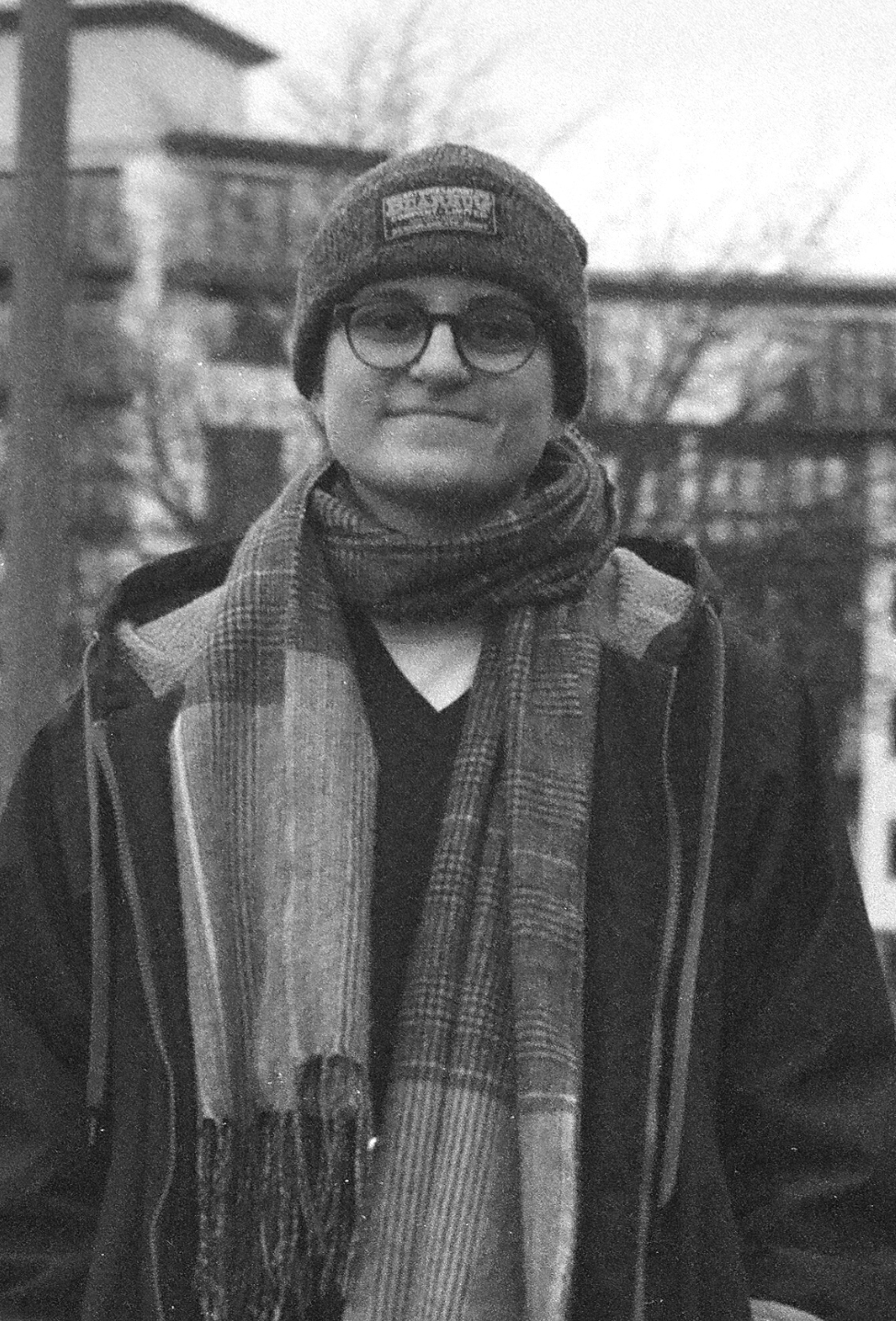Sometimes it seems like photographers are talking in another language. There are tonnes of terms that photographers use when talking about cameras and photography and it can be super confusing.
We have created this glossary of film photography terms in order to help you understand what everyone else seems to be talking about. There are listed in alphabetical order. It is important to remember that no-one knows everything when they first start film photography and we are all learning things as we go.

120 film: also referred to as medium format. This is a format of film that is used in cameras. 120 film is roughly 61mm wide and is used in medium format and 120 cameras. This type of film is larger than 35mm film and smaller than large format film.
35mm film: this is the most common type of film. 35mm refers to the width of the roll. This film is used in 35mm film cameras. The frame on a roll of 35mm film measures 36mm x 24mm.
Aperture: the size of the hole in the lens allowing light into the camera. Aperture is measured using f/stops. These are numbers that refer to the size of the hole in the lens created by the lens diaphragm (aperture blades). Also see f/stops.
Aperture priority: this refers to a setting on a camera. It is a type of automatic setting, it means that the camera will select an automatic shutter speed based on the aperture that the lens or camera is set to.

ASA: sometimes also referred to as ISO. This refers to how light sensitive your roll of film is. This is also a setting on your camera to make sure your camera knows how sensitive your roll of film is and therefore what the settings should be.
Automatic settings: settings that are set for you by the camera. These settings will sometimes include shutter speed and aperture. Also see aperture priority and shutter priority.
Bokeh: the orbs of light in your photograph that are out of focus and typically in the background. If a lens or photograph has good bokeh, it generally means that the bokeh is a nice shape and appears well in the images.
C41: a type of developing process using certain chemicals. This is the most common chemical process and is mainly used for colour films. You can find information on whether your film is C41 by looking at the film canister.
Canister: this is the metal case that your roll of film comes in and keeps it from being exposed to light.
Depth of field: the zone within a photo where objects appear sharp. If you have a shallow depth of field, not a lot appears in focus.
Developing: the process in which film is developed so that the negatives (your photographs) appear on the roll of film.
Exposure: this is how long the light touches your negative for and therefore how long it is exposed for.
Fixed focus: a camera that does not require being focused.
Filter: a piece of glass that goes in front of your lens to add an effect to your images. Read our blog on lens filters here.

Focal length: the distance between the lens and your roll of film when the photograph is in focus. It determines how close your subject will appear to you.
Focus: the part of the image that you want to be sharp and visible.
F/stop: the number that refers to the size of the aperture in your lens.
Full-frame: this refers to the size of your frame. This means your photograph is the largest size it can be on your roll of film. Also see half-frame.
Half-frame: this refers to the size of your frame. Some 35mm film cameras are half-frame cameras in which the normal full-frame size is cut in half so you can get two photographs on one frame. Read our blog on half-frame cameras here.
Manual settings: settings that need to be done by the photographer on the camera. This includes setting your shutter speed and aperture.
Medium format: a type of film that is larger than 35mm film and is sometimes referred to as 120.
Negative: the image that appears on a roll of film when it has been developed. These are then scanned by a scanner for you to view.
Point and shoot: a camera that is really simple to use and usually involves simply pointing it at your subject and taking the photo. View our collection of point and shoot cameras here.
Prime: a lens that does not change focal length and does not have a zoom.
Rangefinder: a type of camera that has a focusing system that shows two images in which one is moved to line up with the other.

Scanning: the process in which negatives are made digital by scanning them with a photo scanner.
Shutter speed: the speed at which your shutter opens to allow light into the camera.
SLR: single-lens reflex. This is a type of camera that uses a mirror and prism system to allow you to see what you are taking photos of. Examples of SLRs include the Canon AE-1 Program, Pentax K1000, etc. View our range of SLR cameras here.
Viewfinder: the glass piece that you look through to see what will appear in your image. A lot of viewfinders have marks on them to show your frame, and some have marks to help focus the camera.
Winding mechanism: the mechanism that moves your film through the camera.
Zoom: lenses or cameras that can increase their focal length by zooming in.

